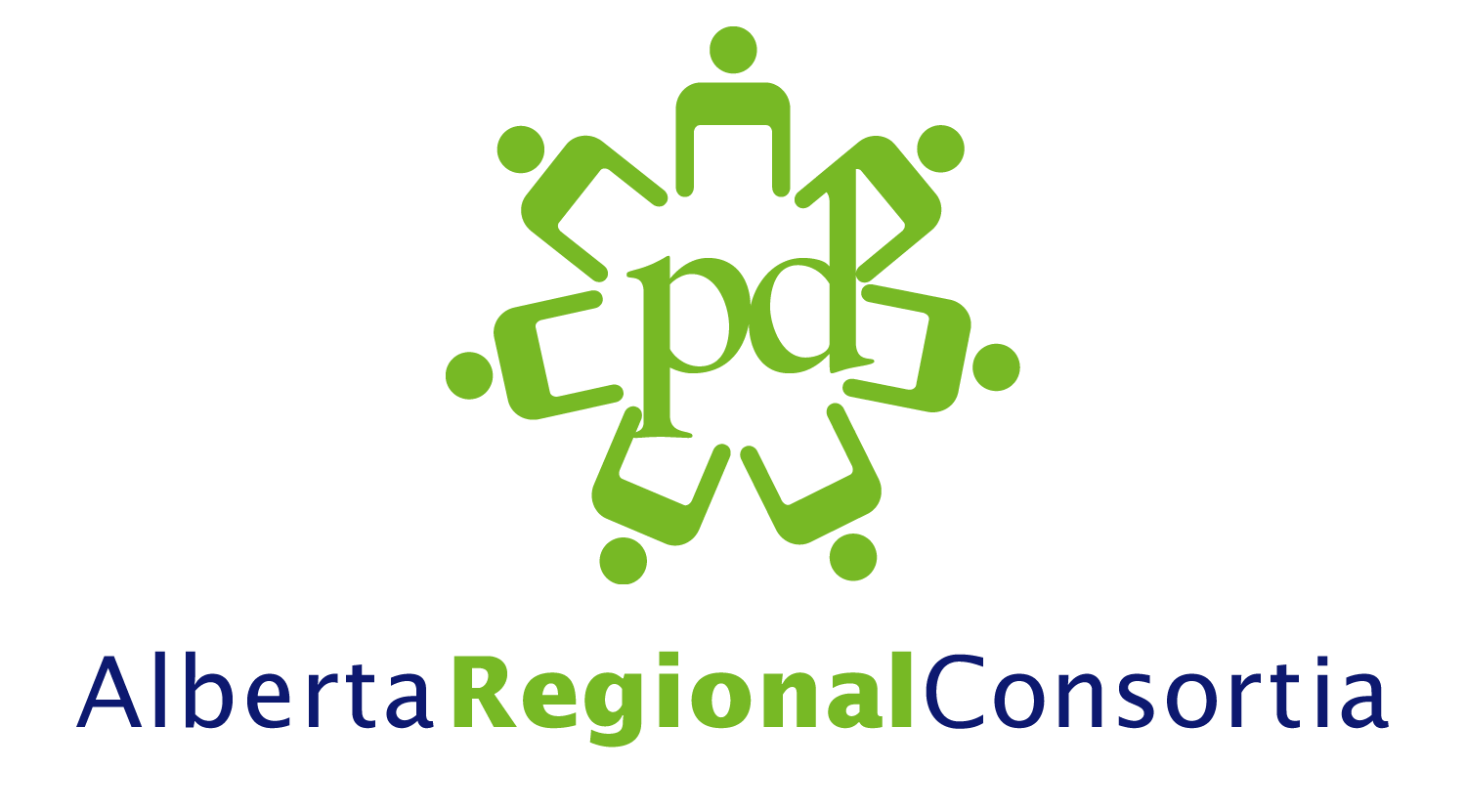Mathematics Vocabulary
Vocabulary used in mathematics k - 6
Special | A | B | C | D | E | F | G | H | I | J | K | L | M | N | O | P | Q | R | S | T | U | V | W | X | Y | Z | ALL
P |
|---|
PictoriallyRepresenting a situation or solving a problem pictorially means doing so using drawings or representations of actual objects. A visualization of the situation and solution takes place rather than an actual concrete experience of the situation and solution. (Learn Alberta) |
Preservation of equalityWhen performing the same operation with the same value to both sides of the equation the equality is preserved. AB ED Parent Communication In order for equations to be equivalent, the same operations have to be performed on each side where the value of the variable does not change. E.g., 3n + 1 = 7 and 3n = 6 are equivalent equations because 1 is subtracted from each side in the first equation to make the second equation. This is called ‘preservation of equality’. NewFoundland Grade 6 Math Curriculum Guide, page 108 |
S |
|---|
SymbolicallyRepresenting a situation or solving a problem symbolically means doing so using an abstract representation.
And so on. (Learn Alberta) |
